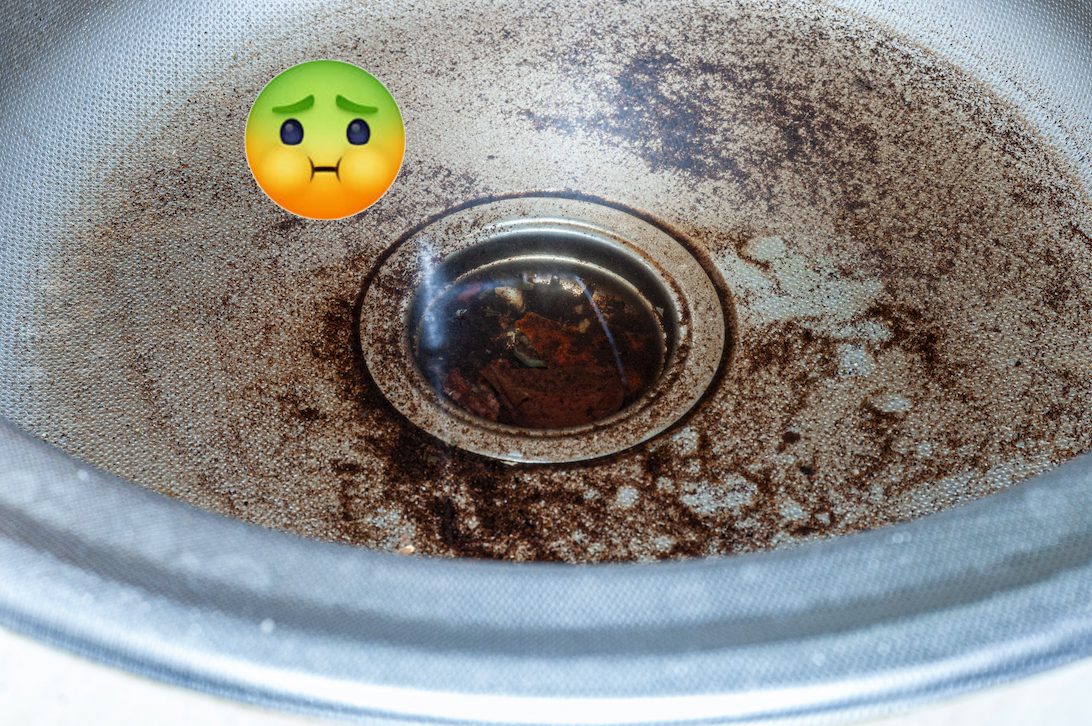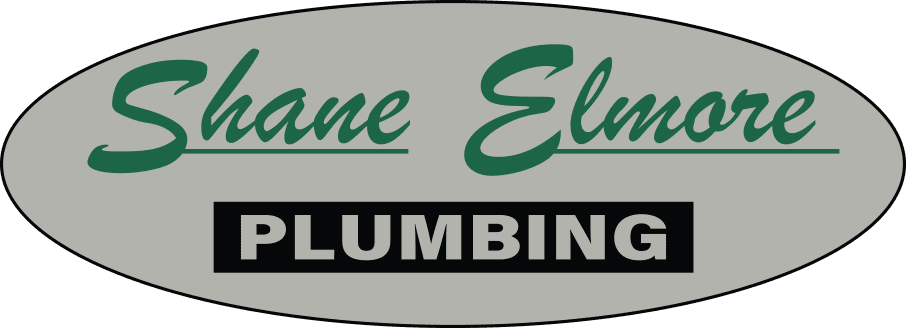7 Signs of a Clogged Sewer Line

There is almost nothing more frustrating than a slow-running drain. Sometimes it’s just a result of a buildup of hair, food, grease, and other organic or inorganic material in the drain, but other times it may be a sign of a more serious problem, such as a clogged sewer line. Your sewer line carries wastewater away from your house, so a clog can cause lots of problems and require a plumber’s help to clear it. Here are a few ways to tell the difference between a slow-moving drain and a clogged sewer line.
1. Multiple drains are running slow. If you have a clogged sewer line, most likely not just one drain but multiple drains throughout the house will be running slow. One drain running slow most likely means just that drain is clogged, but if you have more than one running slow, it’s probably not a coincidence. Most likely you have a clogged sewer line. If you have one slow drain, pay close attention to the others, as some tend to be less noticeable when draining slowly.
2. Flushing the toilet causes backups in other drains. Your toilets deal with the most and the biggest waste, so they have the most direct link to your sewer line. As a result, the toilets are often the next place you’ll see issues if you have a clogged sewer line. Flush one of your toilets, especially one on the main floor, and see what happens. If you see backups in other drains, such as the shower or a floor drain, it’s likely you have a sewer line clog. The water has to go somewhere, so it’s choosing the path of least resistance—usually the lowest drains in the house.
3. Your toilet makes gurgling sounds or fills with water. If your toilet is making strange sounds, such as gurgling or bubbling sounds when you run a nearby faucet, it’s a sign that there is air in the lines from a sewer blockage. The air has to work its way out somewhere, and again, the toilets have the most direct link to the sewer line.
4. Toilet levels rise when you run the sink. Once again, the toilet can be a sign of a clogged sewer line, due to its direct connection to the sewer line. If you run water into a nearby drain and your toilet fills with water, it’s because that water has nowhere else to go. Backing up into the toilet is the only option.
5. Other drains fill with water when you run nearby appliances. Washing machines and dishwashers drain a lot of water when in use. If your sewer line is backed up, that’s a lot of water at once that has nowhere to go, and that water will be forced into another drain elsewhere, usually into a sink or shower drain nearby.
6. Water is backing up from your floor drains. Many newer homes have drains on the basement floor. These drains lead to the sewer line too, and because they’re at the very lowest point in the system, they provide the path of least resistance if the blockage is so bad that the water has nowhere else to go. If you are seeing water back up in your floor drain, your sewer line is probably clogged.
7. The water is dirty and smells bad. Sometimes when the water backs directly up into another drain, it’ll be relatively clean, or at least as clean as it was when it went down the other drain. When a sewer line clog is bad enough, however, it’s not uncommon to get some real foul-smelling water backing up into your drains, especially drains that are lower in the system such as floor drains and basement shower or utility sink drains. If your drains smell like sewage, you know for a fact that you have a clogged sewer line.
A clogged sewer line, depending on how bad it is, can be a fairly high-priority situation. If you’re unable to run water at all without drains backing up, or if your house is filling with foul odors, call your neighborhood plumber, Shane Elmore Plumbing, today and we’ll get a technician out to assess the situation as soon as possible.




